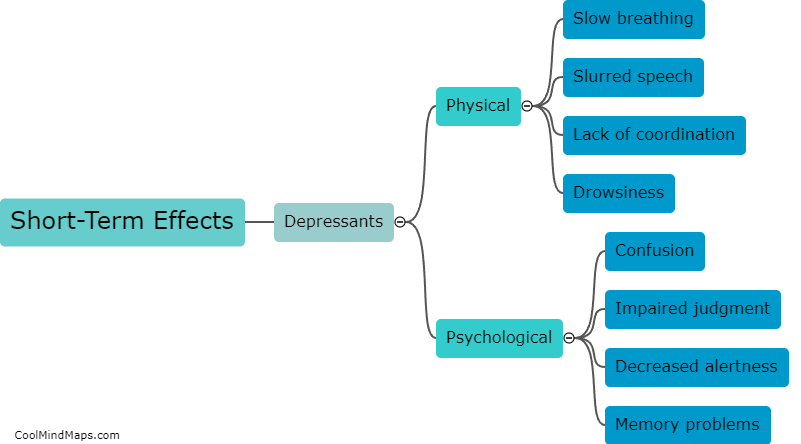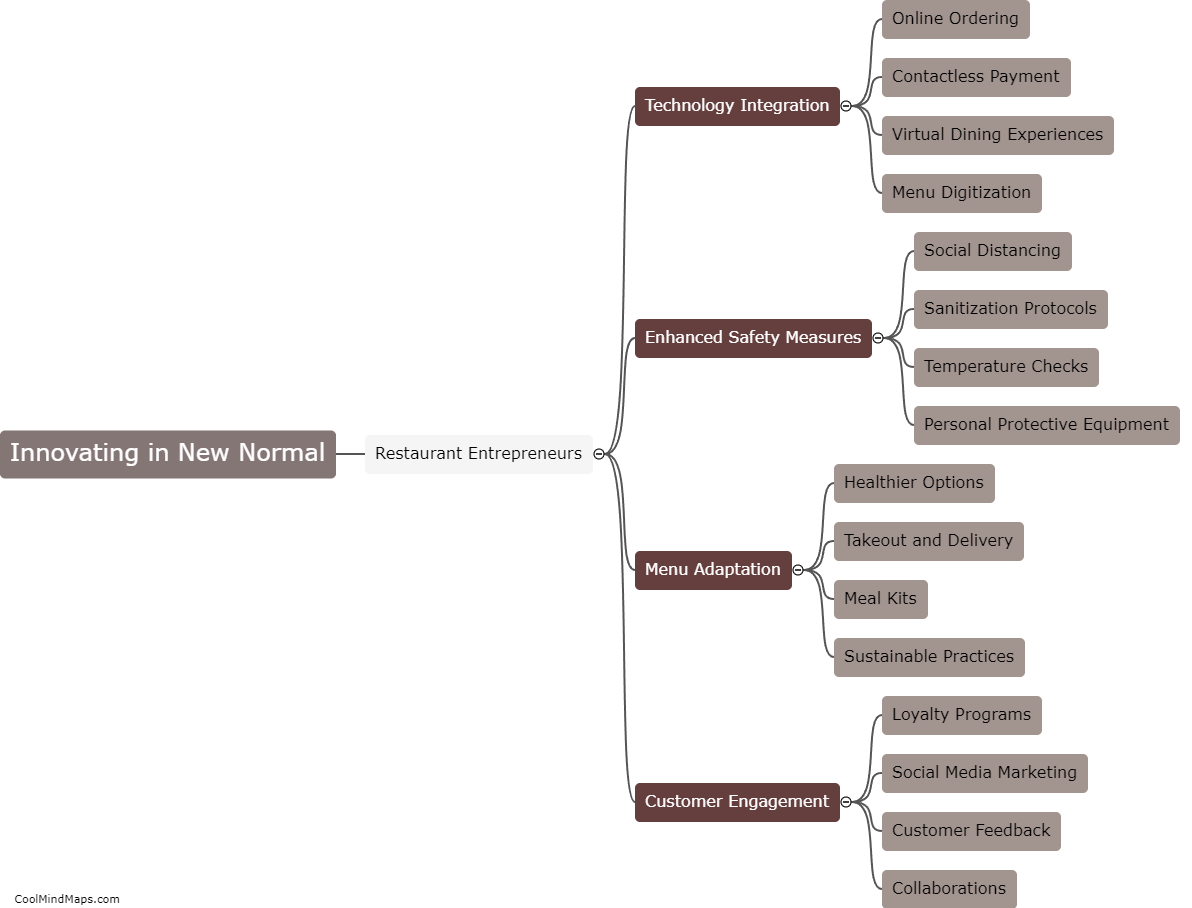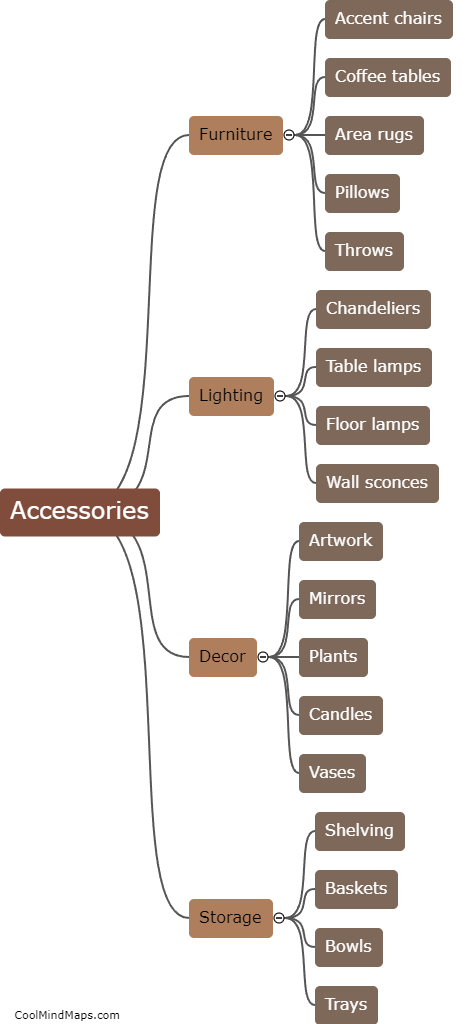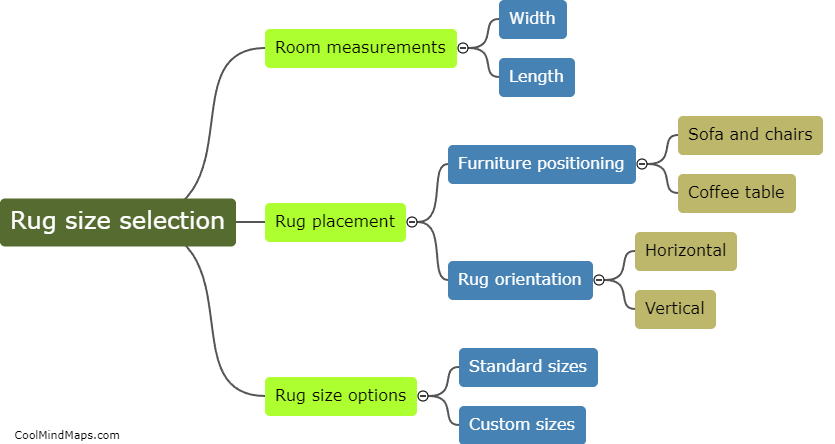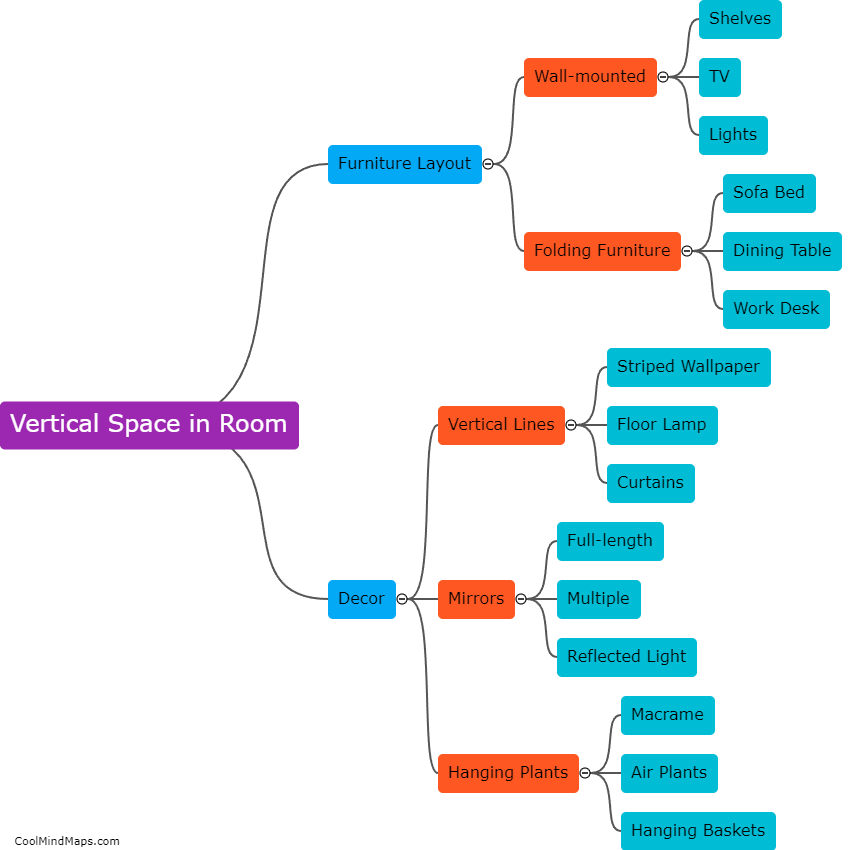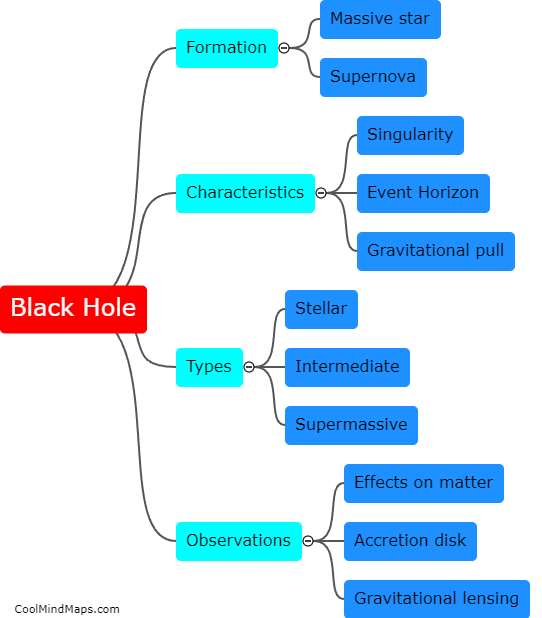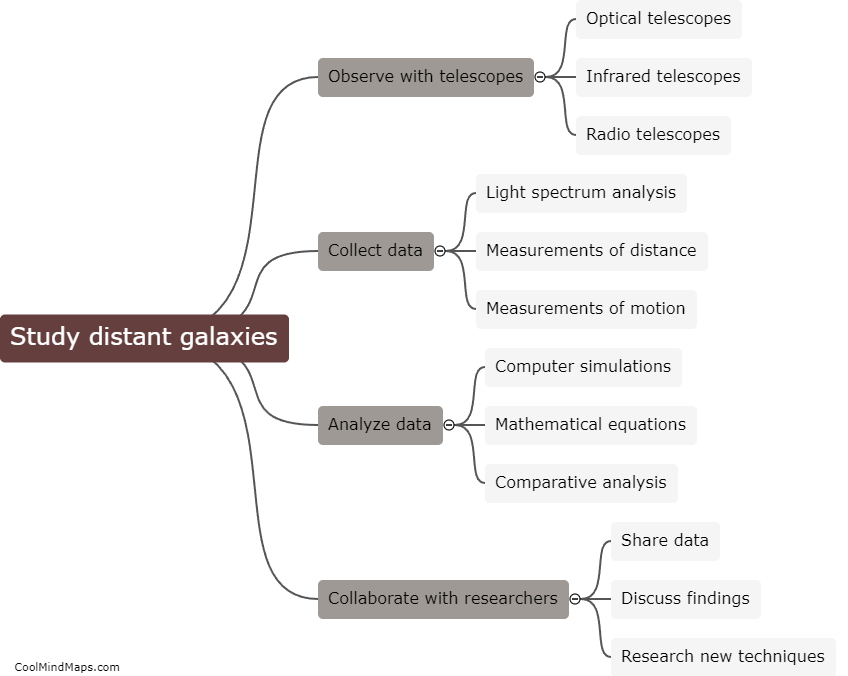How do stars form?
Stars form from clouds of gas and dust, known as nebulas, through a process called gravitational collapse. As the gas and dust begin to condense and gravitate towards a central point, the temperature and pressure at the center increase, causing nuclear fusion reactions to occur. This releases tremendous amounts of energy in the form of light and heat, creating a protostar. As the protostar continues to gather more mass, it becomes denser and the fusion reactions intensify, creating a main sequence star. The specific characteristics of a star, such as its size, temperature, and lifespan, depend on its mass and the amount of material available during its formation.

This mind map was published on 18 April 2023 and has been viewed 120 times.

